by Tomas Zednicek, EPCI
Last month I was presenting at T.I.C. 60th annual assembly in Hong Kong tantalum capacitors and its future. This morning two web articles grab my attention that fit nicely as pieces of the puzzle to complete the picture.
NVIDIA today introduced Jetson Xavier™ NX, the world’s smallest, most powerful AI supercomputer for robotic and embedded computing devices at the edge. What grabbed my attention looking at the board are six tantalum capacitors on the board that enables such miniaturization.
Nvidia Jetson Xavier “AI Supercomputer” features
With a compact form factor smaller than the size of a credit card, the energy-efficient Jetson Xavier NX module delivers server-class performance up to 21 TOPS for running modern AI workloads, and consumes as little as 10 watts of power.
Jetson Xavier NX opens the door for embedded edge computing devices that demand increased performance but are constrained by size, weight, power budgets or cost. These include small commercial robots, drones, intelligent high-resolution sensors for factory logistics and production lines, optical inspection, network video recorders, portable medical devices and other industrial IoT systems.
“AI has become the enabling technology for modern robotics and embedded devices that will transform industries,” said Deepu Talla, vice president and general manager of Edge Computing at NVIDIA. “Many of these devices, based on small form factors and lower power, were constrained from adding more AI features. Jetson Xavier NX lets our customers and partners dramatically increase AI capabilities without increasing the size or power consumption of the device.”
Ecosystem Support
Jetson Xavier NX is receiving strong support from the robotics and embedded devices ecosystem.
“NVIDIA’s embedded Jetson products have been accelerating the research, development and deployment of embedded AI solutions on Lockheed Martin’s platforms,” said Lee Ritholtz, director and chief architect of Applied Artificial Intelligence at Lockheed Martin. “With Jetson Xavier NX’s exceptional performance, small form factor and low power, we will be able to do more processing in real time at the edge than ever before.”
“Our goal is to dramatically increase the quality and accuracy of our optical inspection system and accelerate our move towards industry 4.0,” said Otsuka Hiroshi, CEO of Musashi Seimitsu. “NVIDIA Jetson Xavier NX gives us the compute capabilities to improve our visual inspection capabilities without increasing the size and power of our optical inspection system.”
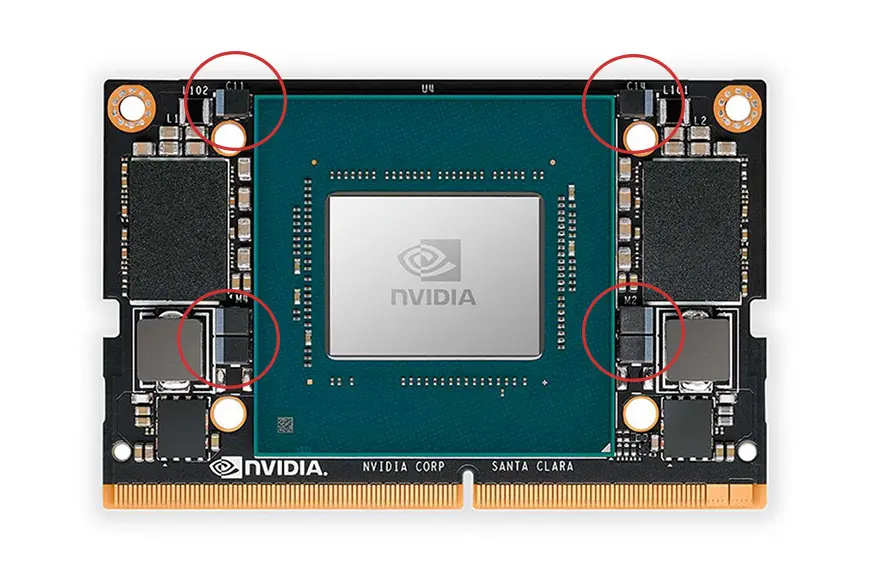
Tantalum Capacitors Challenges
Last month I was presenting “Tantalum Capacitors Future” at T.I.C. 60th General Assembly in Hong Kong and the news on the Nvidia compact AI supercomputer with tantalum capacitors on board nicely fit and complete the picture.
We have seen some decrease of global tantalum capacitor market and there were some doubts about the technology future, nevertheless there are some three strong pillars for tantalum capacitors based on their features:
- High stability of its parameters
- Long-term reliability
- High energy and power density
While high volume consumer market is trying to replace tantalum capacitors due to the higher cost there are still number of applications where use of tantalum capacitors presents key competitive advantage within consumer-industrial applications (such as high energy compact capacitors in SSDs and industrial computers) and high reliability and defense sector.
There were two web articles that grab my attention this morning as puzzle piece to complete the picture. The first release from Nvidia on “industrial” supercomputer above and also nice overview of defense industry technology innovation from Jabil blog discussion role of defense in driving the technology innovation. The blog mentions four technology innovations impacting the defense industry:
- Augmented and Virtual Reality
- Big Data and the Internet of Things
- Artificial Intelligence
- Additive Manufacturing
The Jabil blog goes nicely with the Nvidia press release citing Lockheed Martin’s acknowledgement for the AI supercomputer development … and at the end is a good message for tantalum capacitor industry.
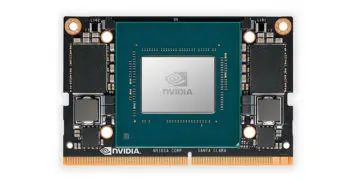
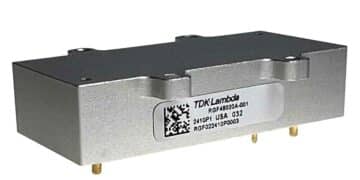
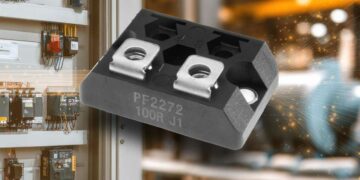
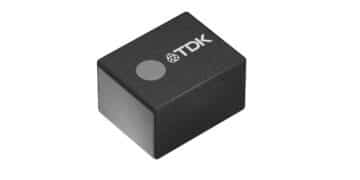

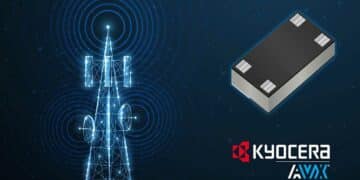
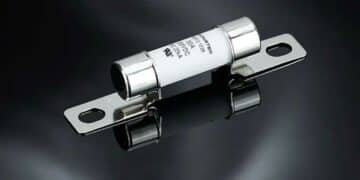
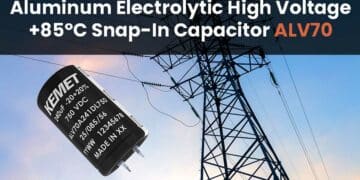
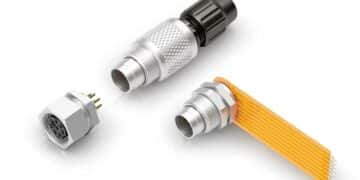












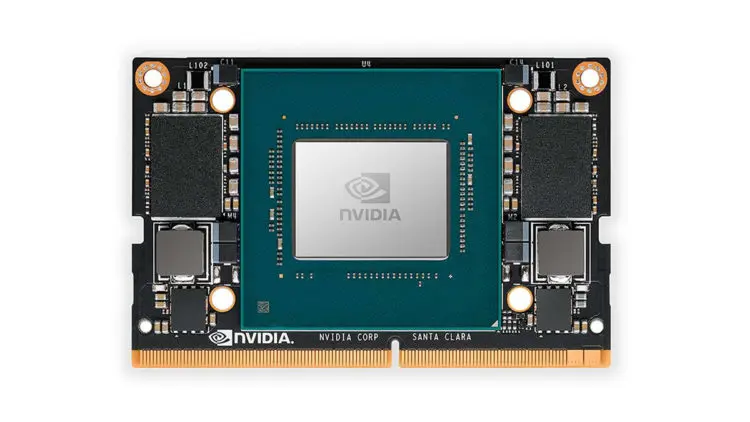
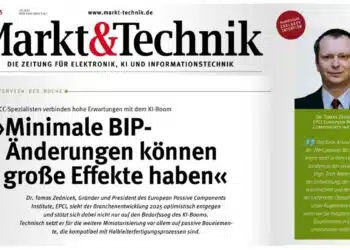
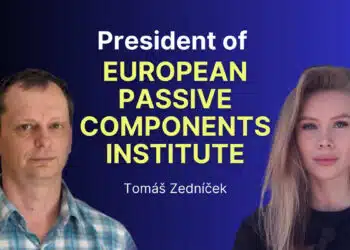


Discussion about this post